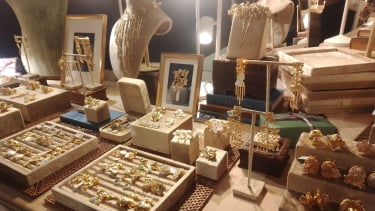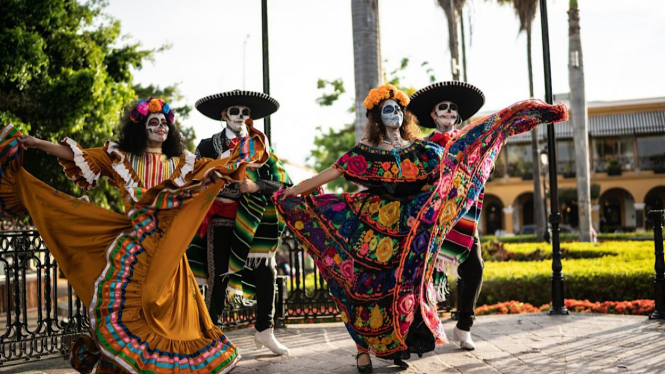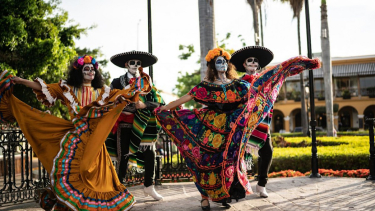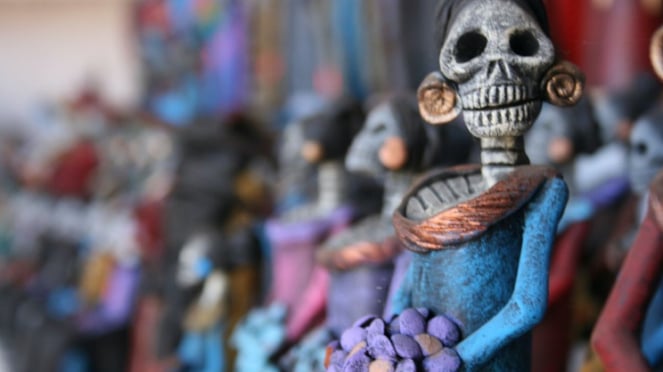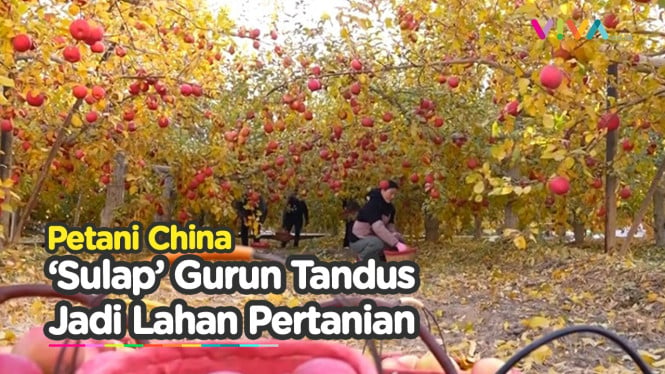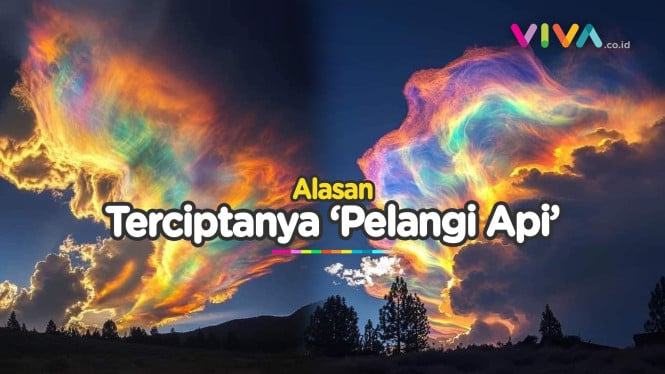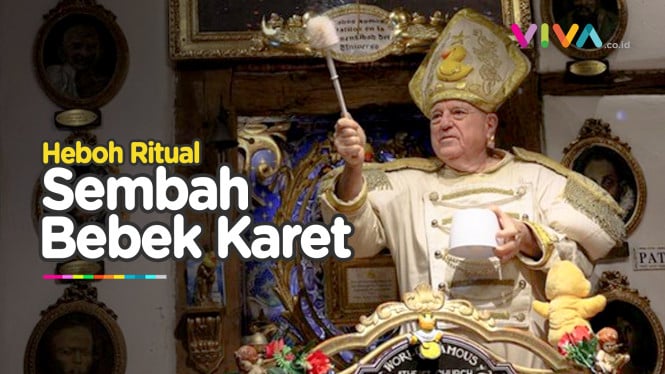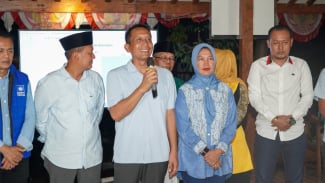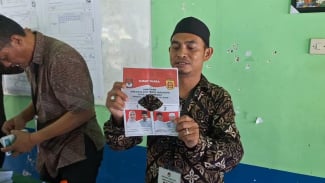The Day of the Dead, History of Unusual Traditions from Mexico
- Getty Images
VIVA – Mexico celebrates the anniversary of those who have died or known as The Day of the Dead. The national celebration includes a big parade in Mexico City every November 1 and 2. In this celebration, the family will sit at the grave site.
Adults and children will be dressed as skulls and took pictures, capturing the yearly celebration full of joy. It is believed that during the Day of the Dead, or Dia de Muertos, they can communicate with their deceased loved ones.
No one knows when the first Day of the Dead celebrations took place, but the culture is rooted in agricultural-related beliefs from pre-Hispanic Mexico, said a researcher at the National Autonomous University of Mexico’s Anthropological Research Institute, Andrés Medina said.
When 5000 years ago, the Spanish arrived in central Mexico which had millions of indigenous people. The conquistadores mostly characterized them as Aztecs because at that time they were united under the vast Aztec empire.
Kerangka yang dihias di Hari Orang Mati
- Alfonso Martorell
According to colonial records, the Aztec empire was formed in 1427 AD just about a century before the arrival of the Spanish. At that time, the Aztecs recognized a wide range of gods including the Goddess of Death and the underworld named Mictecacihuatl.
Aztec mythology relates that Mictecacihuatl was sacrificed as a baby and miraculously grew up in the underworld, where she married her husband and later ruled the underworld.
The Aztecs appeased these fearsome underworld gods by burying the dead with food and precious objects.
Archaeologists and historians know little about the details of the month-long Mictecacihuatl celebrations. It likely involved burning incense, singing and dancing, and blood sacrifices.
The use of Mexican marigolds to decorate altars and graves on the Day of the Dead may be of indigenous origin. Called, cempasuchil by the Aztecs, the vibrant Mexican marigolds grow during the fall.
Perayaan Hari Orang Mati
- Wikimedia
According to the myth, the sweet smell of this flower wakes the dead. Intricately decorated temples for deceased loved ones, which usually contain offerings to the deceased, may also have pre-Hispanic origins.
Many indigenous peoples throughout Mesoamerica have altars in their homes or terraces. It is used to perform household rituals, worship gods, and communicates with ancestors.
The bones, skulls, and skeletons that became the icon of the Day of the Dead are original too. Many Aztec gods are depicted as skeletons. While other gods wear bones as clothing or jewelry.
